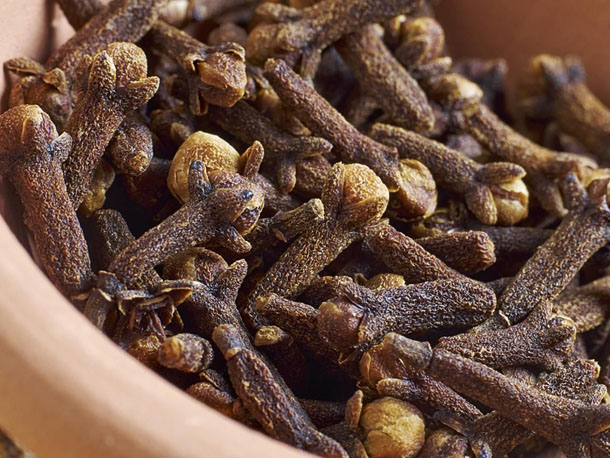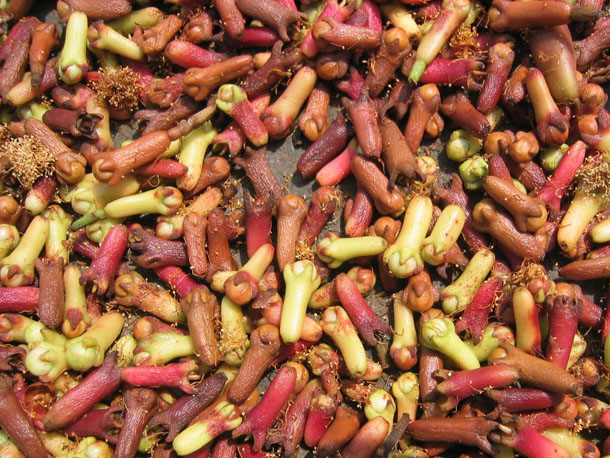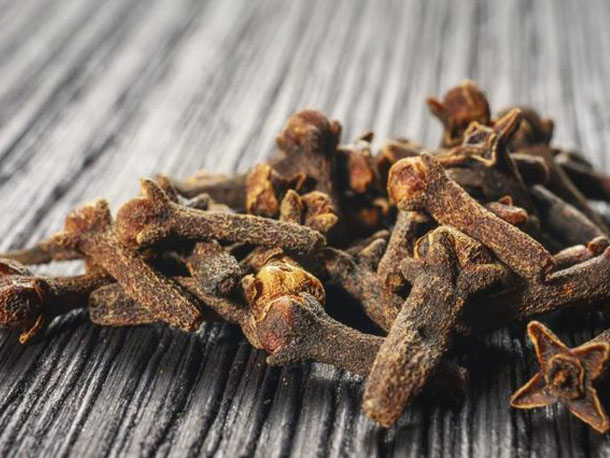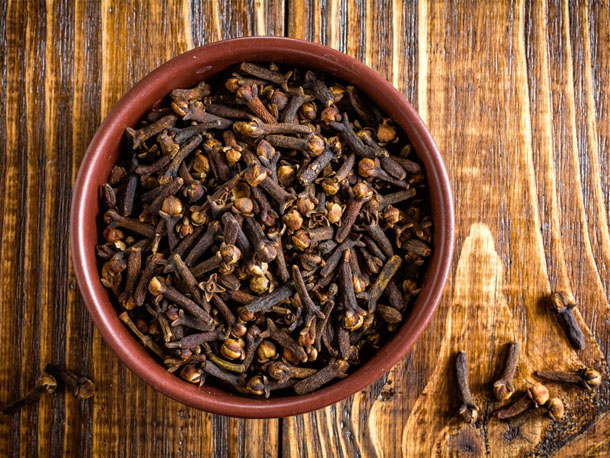Continued challenges in cloves market
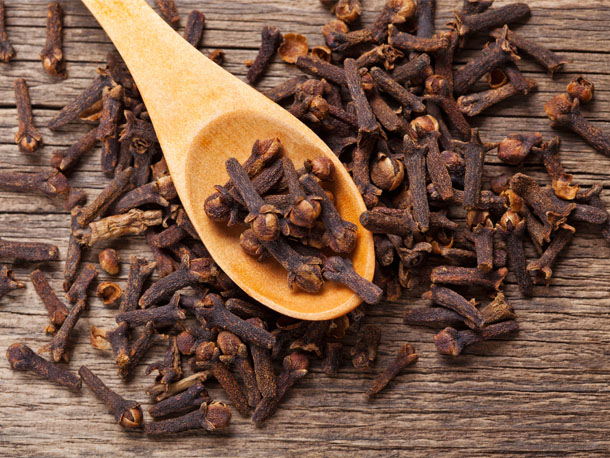
French trader Touton has identified a number of these for both Comoros and Madagascar.
In the case of Comoros one of the main problems appears to be the approach being taken by cloves trading while in Madagascar there are quality issues with the crop and a series of logistical difficulties.
Comoros
Emmanuel Nee, head of the ingredients department at Touton, said: “Since the government in Anjouan decided to settle a minimum price to be paid to farmers/ collectors, the situation there looks more like a mafia business than a real market,” he claimed.
Nee added it can only be hoped that soon the authorities realise that they are simply destroying the clove supply chain in Anjouan and Moheli.
“Then we may hope to see business possible again in a normal way. But we fear that it could be too late and we’ll have to bear the results of this incredible anti-economic situation while the potential 1,000 tons carry-over are being traded over the last quarter of 2016,” he stated.
Nee viewed it as scandalous that such an issue “not to say manipulation” can still happen in a so-called free country. “We can only hope we institutional exporters from this country can make the situation improve, looking forward to much better business conditions in June 2018 when the new season will start,” he noted.
Madagascar
Nee explained that ahead of the October 7 official opening of the southeast cloves campaign in Madagascar there had already been some purchasing.
This had been of “baby” cloves with 30% moisture. “It is better not to think about this unless some of them, one day, realise what they are wasting, instead of creating business,” he remarked.
Nee expects this year’s Madagascar crop to provide good options to buy from the south.
“We estimate that the crop should give a total of 9,000 tonnes (compared to most probably some 13,000-15,000 tonnes last season) with 40% of southern cloves and 60% of northern cloves, plus 1,500-2,000 tonnes carry-over,” he explained.
Nee calculated that the likely minimum cost price will be USD8,250 per tonne fob.
All information so far shows that still the quality of cloves in the south is poor, with almost 20% of “baby” cloves and most likely 22-25% moisture. Nee finds that domestic prices are in the range of MGA14,000-16,000 (USD4.32-4.94) per kilo.
“These cloves apparently look like a good raw material for people buying cloves for distillation purposes,” Nee noted.
Touton estimates that the first export prices could turn out to be around USD7,600-7,700/tonne fob Tamatave, which is in line with its predictions of earlier this year.
“What we did not predict is that the communications means are terrible in the south,” Nee warned.
Logistical issues
He explained that it can take up to 12 hours of driving in a good quality four by four pickup truck or similar standard of vehicle to cover the 150 km distance between Fort Dauphin and Vangaindrano (which is very good place to buy cloves in the South) and the bridge going from Faranagana to N12 (to Tana an Tamatave) is broken.
“There is no chance to see it being rebuilt before the end of the year and we can only ‘tranship’ cloves from one side of the river to the other by five tonne lots, on barges, to reload the trucks.
This obviously does not help logistical operations and is quite expensive and could even prove to be risky, Nee observed.
For these reasons, and the fact that weather conditions are not yet good enough in Tamatave to ensure a good and quick drying of the cloves, most of the “serious exporters” there have not been entering the season yet.
They will obviously do so as soon as all parameters are there for them to offer and ship what international buyers are expecting to receive when they do buy Madagascar quality, still under supervision of the GEGM.
November exports
Nee pointed out that switching to buying northern quality cloves will not happen until October 25 (the expected opening date), meaning exports by the middle of November for well dried cloves.
As indicated, the volume offered this year in the north (Analanjiro area) will not be substantial and the peak of production will come from Maroantsetra.
In this Analanjirofo area there are only two main collecting centres/domestic shipping places : Mananara – south of Antongil bay – and Maroantsetra in the north.
“As everybody knows, vanilla is also grown in this area and with the current value of this ‘magic speculative spice’ really a lot of money is circulating all over the northern east coast and that cannot – for sure – help push the market down. Whatever speculating product they will find, they will buy, and see what happens next. Doing so, they will also protect the value of the carry-over, which they have been bearing for almost eight months already. Unfortunately, we all know that the bush business in Madagascar is driven by greed,” Nee concluded.

